Navigating cross-border e-commerce from Latin America to Europe
Table of Content
In today's globalized economy, international trade plays a pivotal role in connecting businesses and markets around the world. One of the prominent trade routes involves shipping goods from Latin America to Europe. This route is crucial for a variety of industries. However, successfully navigating the logistics and shipping processes between these two regions can be complex. Learn how byrd's fulfillment services can help Latin American e-commerce businesses to expand successfully into the European market.
Overview of Latin America and Caribbean e-commerce
Latin America (LATAM) has become a major e-commerce hub, with a rapidly growing digital shopper base of approximately 300 million. This market is forecasted to grow by more than 15% between 2023 and 2027.
Projections indicate that the number of online shoppers in the region will surge from 172 million to 435 million by 2031. This growth is mirrored in the cross-border e-commerce sector, which outpaced domestic e-commerce in 2022 with an impressive annual growth rate of 44%. Europe is now a sought-after destination for cross-border sellers looking to diversify beyond traditional markets like the United States, Europe, or Asia.
Why is cross-border e-commerce between Europe and Latin America important?
Cross-border e-commerce between Europe and LATAM is crucial because it offers opportunities for market expansion, diversification, revenue growth, and global reach while leveraging cultural ties, promoting innovation, and contributing to economic development. This provides a key driver of economic and trade relations between the two regions.
Europe has a large and growing e-commerce consumer market, characterized by its diverse demographics and purchasing power. As a result, for Latin American e-commerce companies, venturing into Europe represents an opportunity to access a new and potentially lucrative customer base. This diversification strategy is especially valuable as it helps mitigate the risks associated with relying solely on the domestic market. By expanding into Europe, Latin American e-commerce companies can reduce their dependence on a single market, ensuring greater resilience and stability.
While cross-border e-commerce presents numerous opportunities, businesses should be aware of challenges, including customs regulations, logistics, payment preferences, and local competition. Adapting to the preferences and cultural nuances of each market is crucial for success.
The primary European destinations for Latin American countries
Spain stands out as a prominent destination due to its shared language and cultural affinity with many Latin Americans. This linguistic connection simplifies communication and market entry for Latin American e-commerce companies. Spain serves as a gateway to the European market, offering access to a diverse and affluent consumer base. In general, the choice of main European trading partners for Latin American countries in cross-border e-commerce is influenced by various factors, including language, market demand, and historical ties.
Germany is another critical player in the cross-border e-commerce landscape, particularly in Latin American countries. The country plays a key role as one of Latin America's most important trading partners within the European Union. Approximately one-third of the European Union's foreign trade with Latin America is conducted through Berlin. This underlines Germany's strategic importance in facilitating cross-border trade and e-commerce between the two regions.
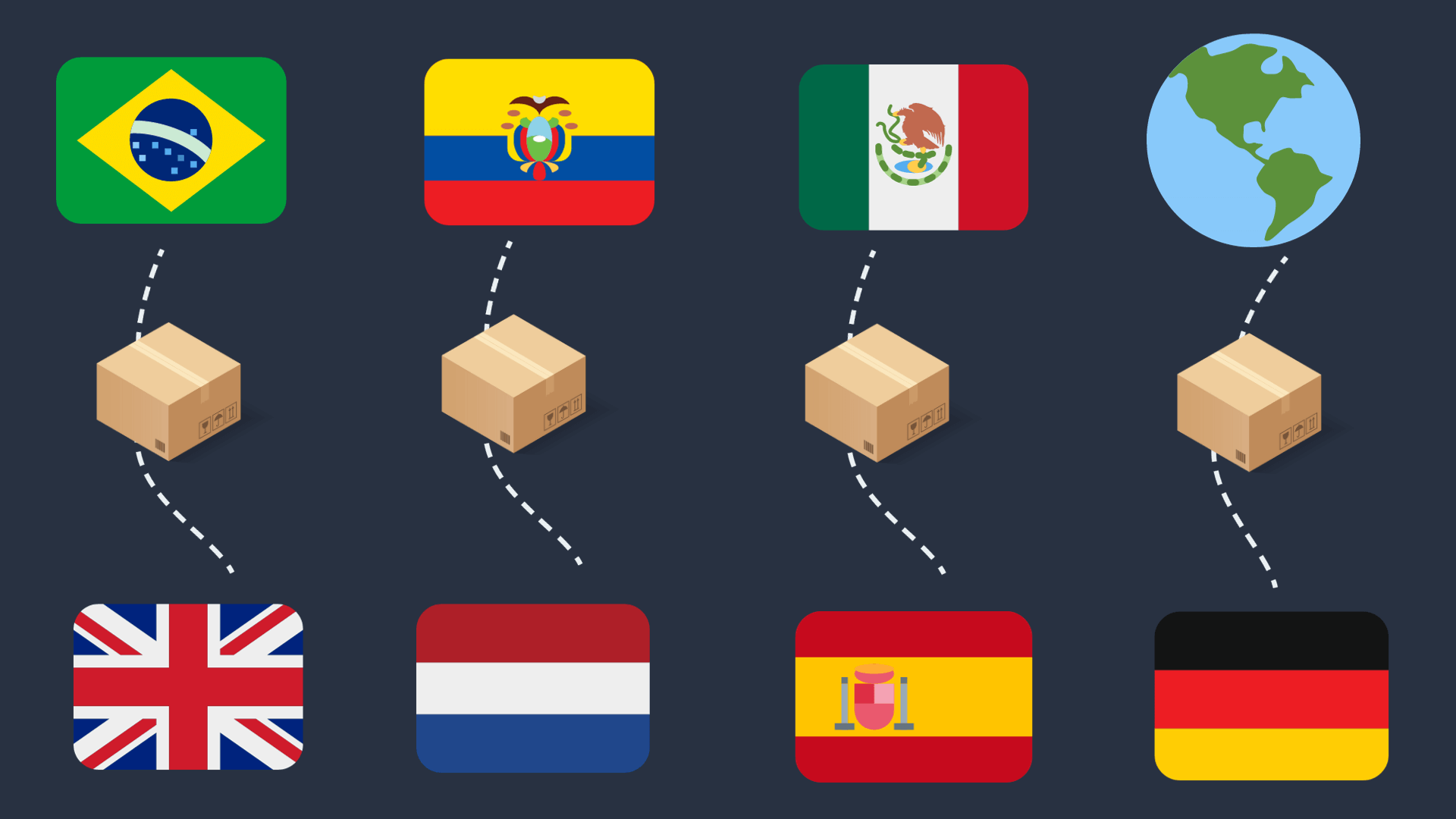
For Brazilian e-commerce companies, England serves as the gateway to Europe, leveraging its strong economic ties and business connections. For Peru and Ecuador, the Netherlands plays a key role as an entry point into the European market. Each of these entry points offers unique advantages and opportunities for Latin American businesses looking to expand their reach into Europe.
Cross-border e-commerce between Europe and Latin America has seen remarkable growth, driven by technology advancements, efficient logistics, and evolving consumer preferences. LATAM countries recognize the value of these European trading partners, each offering distinct advantages and opportunities for expanding their e-commerce presence in the global market.
The most popular Latin American and Caribbean products in Europe
LATAM exports a variety of products to Europa that reflect its rich cultural diversity with deep historical roots. This heritage is captured in products such as traditional textiles, ceramics, food, and handicrafts. Some of the most outstanding products are:
Food and Beverage Products
Latin America is known for its production of high-quality foods, such as coffee, tropical fruits, wines, and beef. These products are popular with European consumers seeking unique flavors and fresh produce. Here we list 3 of the most popular products and beverages in Europe:
- Coffee: Prominent coffee-producing nations encompass Brazil, Colombia, Honduras, Peru, Mexico, Costa Rica, and Guatemala. These countries make distinctive contributions to the global coffee market, offering a rich array of unique coffee varieties and flavors.
The European Union (EU) is emerging as the world's main coffee market, with import regulations that allow the fluid circulation of coffee products between Latin America and Europe. Germany, with a significant 10% share of coffee consumption, leads the group within the EU. It is followed significantly by France and Italy each representing 6% of the world market. Overall, the coffee consumption of all EU Member States represents a remarkable 44% share of the world coffee market.
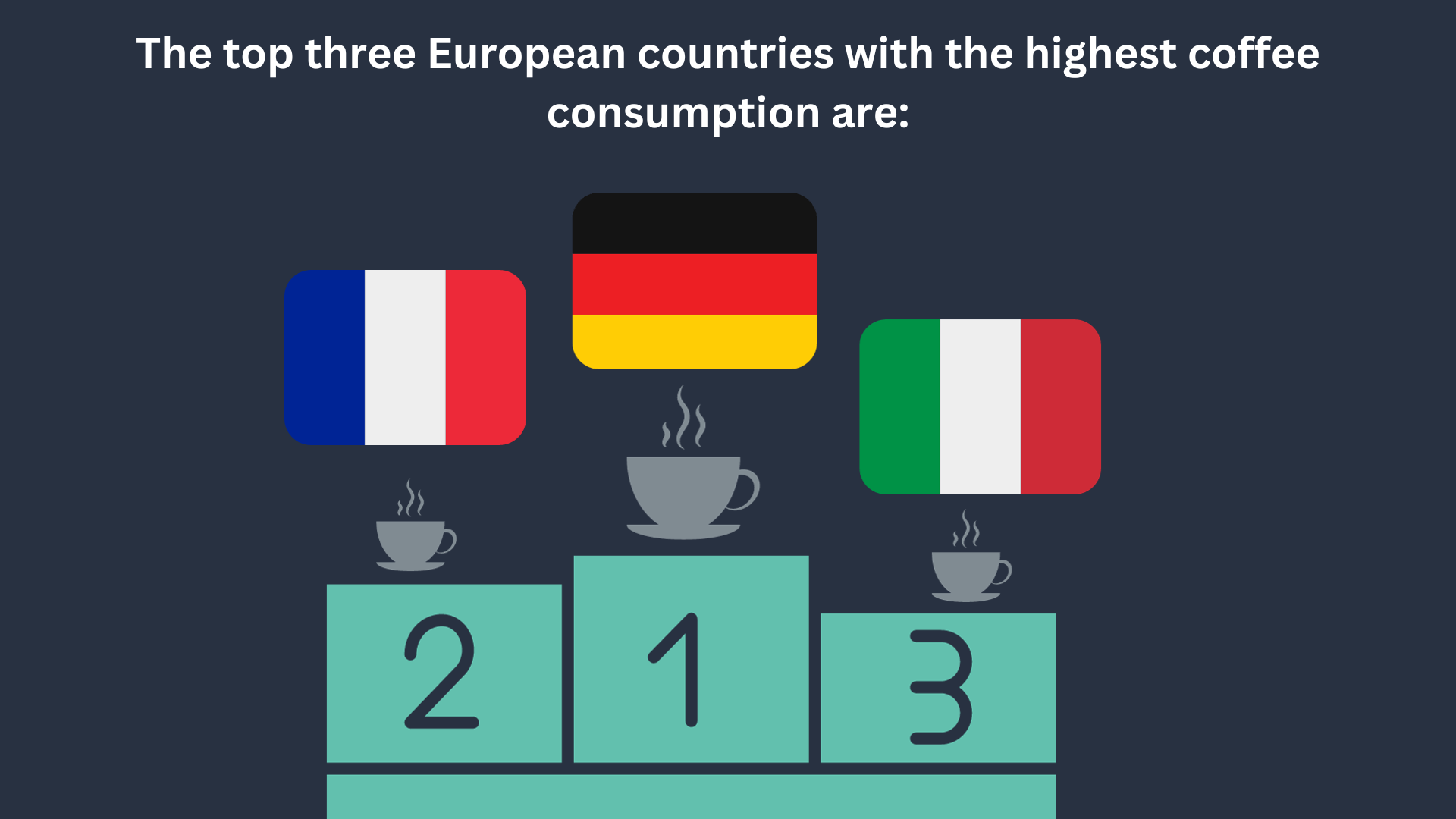
According to data from the International Coffee Association, the average European citizen consumes about 4.67 kilograms of coffee per year. To satisfy this strong demand, Europe annually imports a staggering 46.2 million bags of green coffee, 0.7 million bags of roasted coffee, and 2 million bags of soluble coffee.
- Wine: The unique terroirs and grape varieties in these regions result in wines with distinctive characteristics. In 2022, Chile produced the most wine in South America, reaching 12.4 million hectoliters. Argentina positions in second place with 11.5 million hectoliters, it follows Brazil, with 3.2 million hectoliters.
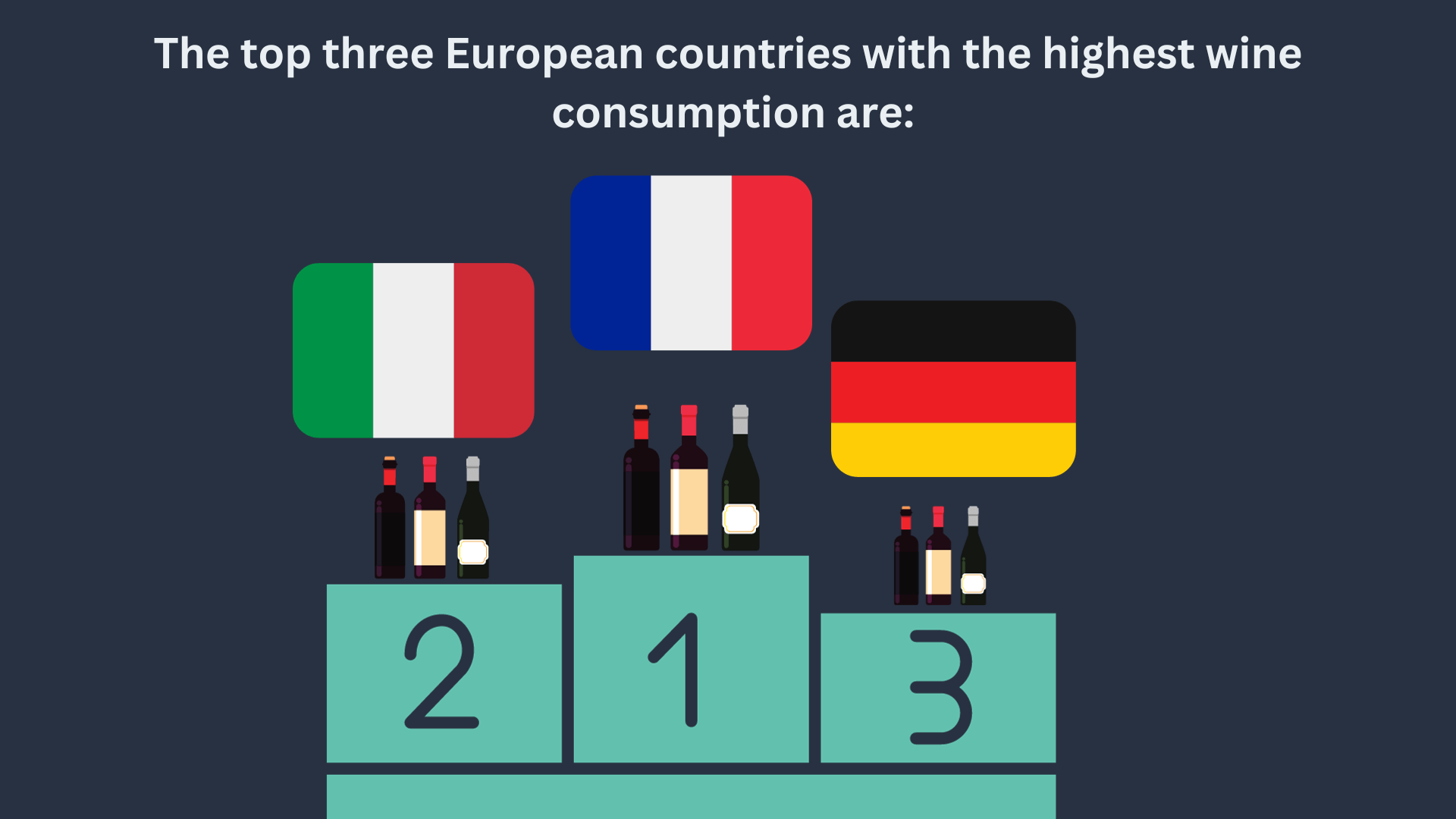
In 2022, the EU, with wine consumption accounts for 48% of the world's consumption. Among the EU nations, France led the way as the largest consumer, also holding the second-largest position worldwide. Italy ranked second in the EU and third globally in terms of wine consumption per person, while Germany took the third spot within the EU and fourth place on the global scale.
- Chocolate and Cacao: Latin America is a major cacao producer, making it a vital source for chocolate production. In 2021, Europe's primary sources of cocoa beans from Latin America and the Caribbean were Ecuador (71,000 tonnes), the Dominican Republic (33,000 tonnes), and Peru (23,000 tonnes).
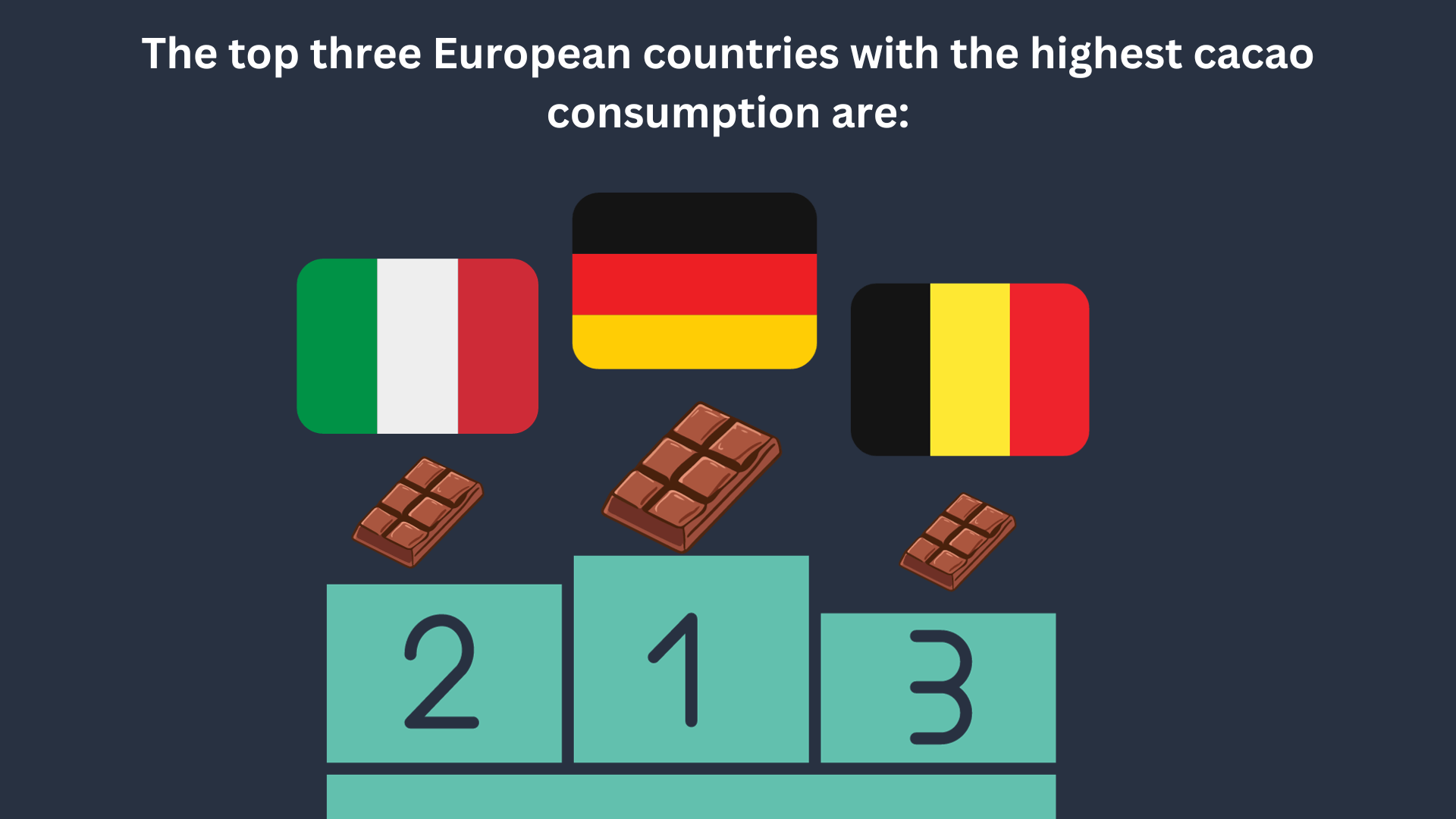
In addition, Central American countries have also shown growing cocoa exports to Europe. Nicaragua became the region's second-largest cocoa supplier in 2021. From 2017 to 2021, Nicaragua's exports saw a substantial annual growth rate of 21%, while Honduras, Costa Rica, Belize, and Guatemala also recorded impressive growth rates. This underscores the region's increasing importance as a cocoa supplier to Europe. In fact, Germany takes the top spot as the leading consumer, with Italy and Belgium following closely behind.
Clothing and Textiles
LATAM fashion companies have gained international recognition. An attractive element for European consumers is the ability to access exclusive brands and designs that are difficult to find in their local markets. This has led to the creation of a loyal customer base for many Latin American fashion brands in Europe. Countries such as Peru and Colombia stand out in this sector.
The rise of e-commerce has facilitated the expansion of Latin American fashion brands in Europe. E-commerce platforms have opened doors for Latin American companies to reach a global audience, including the European market.
Beauty and Personal Care Products
The beauty and personal care products sector has experienced remarkable growth in e-commerce between LATAM and Europe. This boom is due to several factors that have contributed to the success of companies offering skin and hair care products with natural ingredients.
The presence of natural and sustainable ingredients in beauty and personal care products allows Latin American companies to offer a unique value proposition. These products not only provide beauty and personal care benefits but also have production and sustainability stories that resonate with European consumers.
Jewelry and Accessories
Jewelry and accessories from Latin America, especially from countries such as Mexico and Peru, are highly prized in Europe due to their unique design and high-quality craftsmanship. These pieces are usually handcrafted by talented artisans who apply traditional techniques passed down from generation to generation. This gives a charm and authenticity that attracts European consumers in search of unique and meaningful products.
Much Latin American jewelry is made from native and precious materials, such as silver, gold, semi-precious stones, and unique natural materials. These materials are an added attraction for European consumers looking for pieces that tell stories and have cultural value.
Fairtrade is possible even if we are talking about cross-border e-commerce
Transparency in ingredient sourcing and ethical business practices are highly valued by European consumers, especially when it comes to products from regions known for natural resource exploitation. This sentiment extends to their purchases of Latin American products.
Most European consumers prioritize ethical and sustainable products, especially those derived from natural resources such as coffee and cocoa. Nowadays, customers actively support fair trade and environmentally friendly practices in the production of these goods. Collaboration between Europe and LATAM and the Caribbean has led to initiatives that promote sustainable cross-border exports. These initiatives provide vital support to small and medium-sized enterprises, particularly those in agricultural regions.
In apparel and textiles, attention to sustainability and fair trade remains crucial, especially when it comes to indigenous designs from indigenous communities. Latin American fashion companies that emphasize ethical and sustainable business practices can attract European consumers who are aware of these important issues. This alignment of values contributes to responsible and ethical cross-border trade, which benefits both regions and builds consumer confidence in the products they purchase.
Unlocking European e-commerce with 3PL warehouse services
Expanding your Latin American e-commerce business into the European market can be a complex endeavor, but it's a challenge that can be met with success, especially with the right support in place.
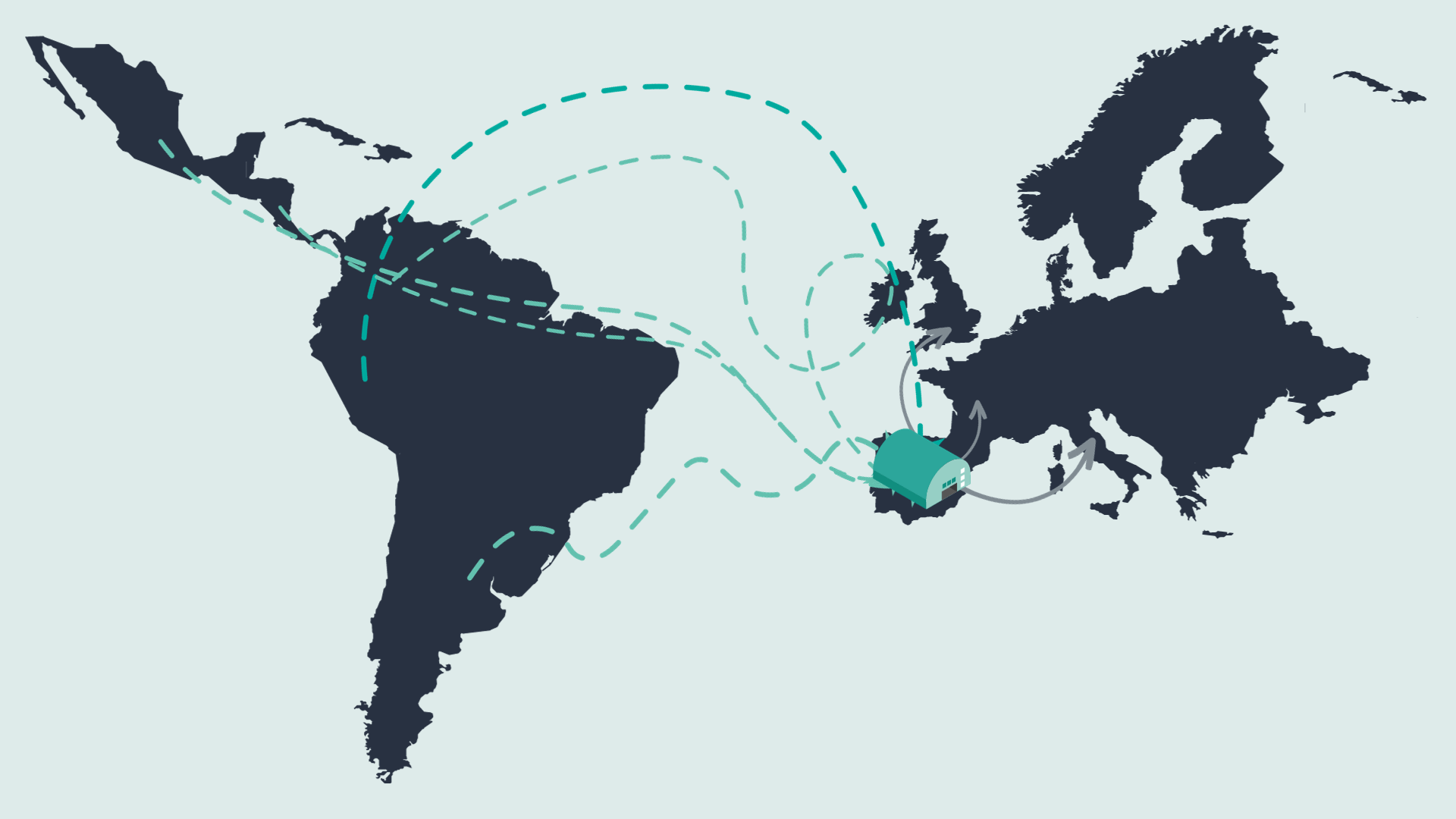
byrd, along with our extensive warehouse network across Europe, can provide efficient warehousing and order processing; which is an essential point if you want to expand your e-commerce business through Europe. One of the most critical aspects of cross-border e-commerce is efficient order fulfillment and shipping. By having your products closer to your European customers, you can meet their expectations in a manner of delivery times and reduce shipping costs.
Our logistics expertise, efficient fulfillment services, and scalable solutions can help you overcome the logistical challenges associated with cross-border e-commerce and position your e-commerce business for success in the European market. Whether it's efficient order fulfillment, streamlined shipping, cost optimization, or data-driven insights, byrd has the solutions to support your growth in Europe.

